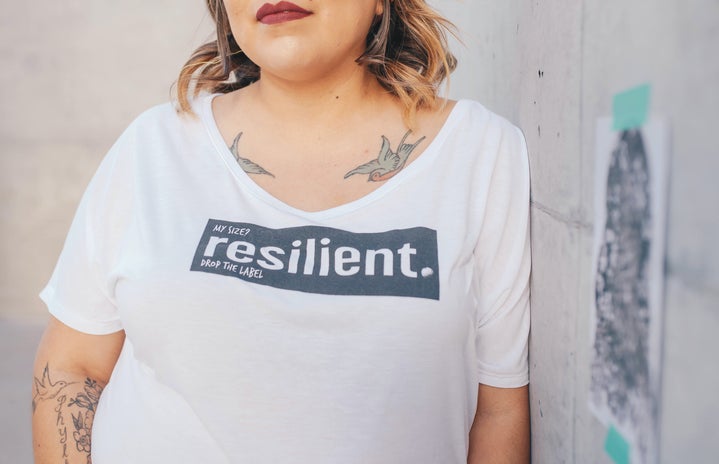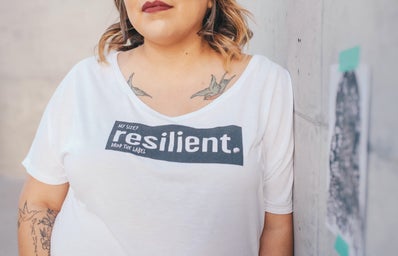Sports Ilustrated features a plus-size model for the first time: is this a turning point for female body image in the media?
Robyn Lawley became the first ‘plus size’ model to appear in Sports Illustrated magazine this week. The publication’s 2015 swimsuit issue sparked an online frenzy, with thousands of people taking to social media to praise the decision to include the 25 year old Australian in the editorial. But what does this mean in terms of the representation of women’s bodies in magazines, and the media in general?
This can certainly be seen as a progressive step for female body image in many ways. By receiving such attention, the images of Lawley have initiated an imperative debate about the way in which the media dictates society’s idea of ‘perfect’ body. We are constantly bombarded by images of one particular kind of beauty; this is what we are conditioned to believe is the feminine ideal that we should aspire to. Airbrushed and edited images impose unrealistic goals upon ordinary women.
Sports Illustrated is setting an example for what we should be striving for: a variety of body shapes in the mass media.
However, it is likely that these photos have been airbrushed in some way, just like the majority of images in magazines are; therefore, should we consider Lawley as a ‘role model’? To what extent does Lawley truly represent the ‘average’ woman?
In fact, Lawley is a UK size 12, a distinct 2 sizes smaller than the average British female. Thus, for the fashion industry, Lawley is considered ‘large’. In reality, she is significantly slimmer than most women in the country. The 6 foot 2 model said that she is ‘sick of being referred to as plus size’ and added ‘I’m a model. I don’t think there should be a “plus-size” in front of that’.
Lawley further critiqued the fashion industry, saying ‘Fashion designers won’t go past a size two [UK size six], so there’s no size diversity – just none…so there’s a whole no-man’s land of models who are in between the ‘straight size’ and the ‘plus-size’ and they are not working, yet they’ve got these amazing bodies that are completely in proportion’.
The term ‘plus size’ itself is ludicrous, and it is fantastic to hear her confronting this issue. Now, it’s time for the industry big-shots, the designers, the editors and the casting directors to address this same problem.
The very fact that this issue of Sports Illustrated is newsworthy proves how unusual it is. Whilst it is by no means the first publication to feature ‘plus-size’ models, instances like this are few and far between. For example, Italian Vogue also featured Lawley along with Candice Huffine and Tara Lynn on its cover in 2012. Yet sadly, this was a one off for the legendary magazine, and the model’s bodies were sensationalised and showcased as part of a novelty spread. Vogue attempted to give off the illusion of supporting change in the fashion industry, and then reverted back to its normal ways.
Are fashion magazines outdated? Is there a place for them in the media today when they seem to be lacking the diversity that supposedly characterises our generation?
Personally, I’m waiting for the day that we see a so called ‘plus-size’ model on the cover of Vogue and no one bats an eyelid.

